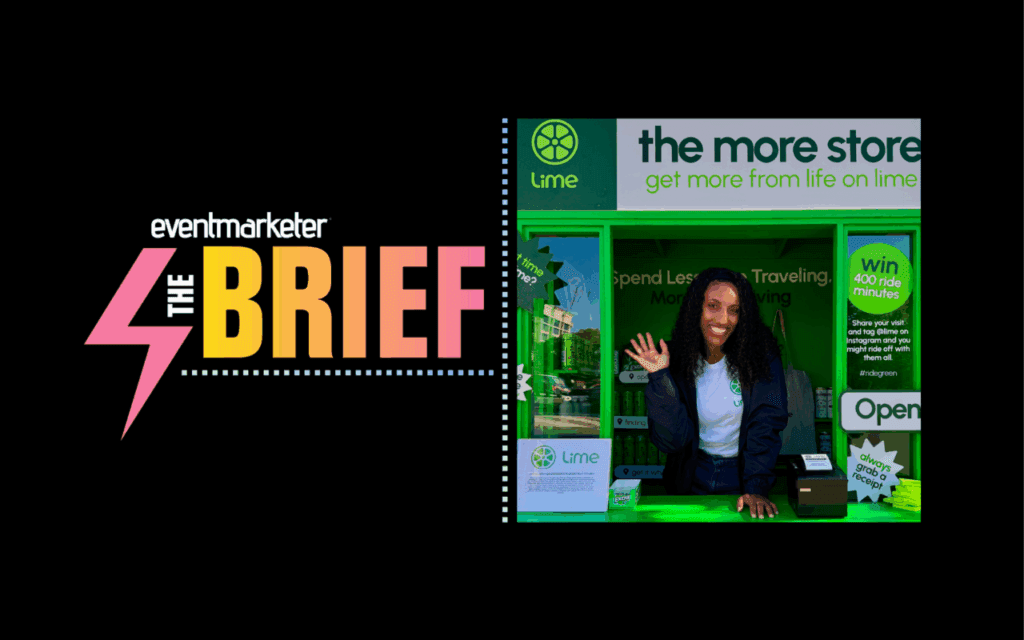Loyalty has long been a sought-after attribute. Think of Ronald Reagan’s Oliver North, Johnny Carson’s Ed McMahon, and the Cleveland Browns fans patiently waiting for a new football team. Any smart marketer wants loyal customers. The programs throughout history, from green stamps to frequent flier miles to supermarket frequent shopper cards, have been many variations on the same theme.
The premise is that by offering your customers something extra and rewarding their purchasing behavior, you can build a relationship with them that, hopefully, is stronger than the most recent FSI.
These days, loyalty is even harder to come by. The number of products offered seems to expand at an exponential rate, and your nearest competitor might just be a mouse click away.
So marketers are using a growing number of ways to enhance the basic green stamp theory. Some use the technology of the Internet to create a club and offer rewards, while others use database manipulation to specifically offer prizes that will motivate customers. The following are several examples of how marketers are making loyalty programs work in today’s marketplace.
THE DENVER POST Some marketers, like airline executives, get nervous if their customers have an option to change to a competitor’s product every month or whenever they travel. Others, like packaged goods brand managers, have to sweat out potential changes every week as families hit the supermarket. Then consider Vern Mallinen. Each morning his customers can just as easily reach down and instead of picking up his product, The Denver Post, opt for, say, The Rocky Mountain News.
One way to avoid this daily angst is to sign up customers for home delivery, the longer the term the better. When Mallinen, the paper’s circulation marketing director, wanted to boost annual subscriber numbers – specifically taking people from short subscriptions to full-year commitments – he turned to a loyalty program.
In the past, a daily newspaper might have seemed like a strange venue for a loyalty program. After all, the paper gets its name and product in front of users 365 times a year, unlike other marketers whose main job is to make sure customers remember them.
When Mallinen went in search of for a loyalty program, he didn’t have to look far. A La Carte, San Diego, has been running its program for newspapers for six years. The basic program offers cardholders discounts at local restaurants. In Mallinen’s case, the paper would offer the card only to annual subscribers, giving them 20 percent off their total restaurant bill each time they ate at one of the participating restaurants.
With 200 restaurants signed up in the first two weeks, the program got off to such a fast start that some restaurants complained about too much usage and begged off the list. Mallinen says though each household is due one card, many subscribers have been asking to get a second card for their spouse. “How badly can I get hurt if I let people beat us out of a second card,” he says. “The good news is the high level of activity.”
While A La Carte signed up the restaurants, the Post boosted the card’s worth by cutting deals with entertainment venues in town, from the zoo to the dog track. Each week, the paper runs a list of participating venues, giving partners a publicity boost.
Mallinen says the program’s worth will ultimately rest on the renewal rate of annual subscribers. With the program only in use since August, it’s too early to tell. But with 350,000 daily circulation in a price sensitive market, the card only needs to deliver a 2 to 4 percent renewal boost to make sense, he says.
Since most subscribers sign on for short-term subscriptions, Mallinen says the savings of not sending out and processing invoices every three months saves him money. But more importantly, “every time you send someone an invoice, it’s an invitation to stop,” he says.
And that’s something every marketer wants to avoid.
MY POINTS.COM All right, you’re on the Web, your site’s graphics kick butt, and you’ve even upped the number of visitors to your site, thanks to banner ads and some good techie word of mouth.
Now all you want is for the site to make money. Sometimes all the fancy wrapping paper a Web site can give customers does little to entice them to do anything more than window shop. That’s where mypoints.com comes in.
The program by Motivation Net runs an electronic version of what’s best compared with green stamps. Anyone who signs up for mypoints online program, gets points for carrying out specific tasks, anything from visiting a new site, to filling out a company questionnaire, to actually making an online purchase. The more valuable the act is to a marketer, the more points the user will get. The program then offers the Web surfers their choice of gifts from online marketing partners.
Of course – the Internet advantage allows vp marketing Steve Parker to strip out the redemption costs, including catalog printing, mailing, or even shipping of prizes.
Does his program work? Why don’t you ask the 1,000 subscribers who sign up every day? The program is less than a year old and already has 150,000 participants.
While loyalty programs have made sense since green stamps, the Internet is more conducive to such programs, Parker claims. Think about it, if a customer wants to switch from say, Amazon.com to BarnesandNoble.com all it takes is a click to check prices between the two. Forget about the trouble it takes to hop back into the car and drive down the street, price shopping is instantaneous.
The differentiators in the regular market – like location, service, and price, are slim to none on the Internet, Parker says.
For any incentive program, “the worse thing you can do is give somone something they don’t want,” Parker adds. His program lets consumers pick prizes from the regular catalogs of partners, getting the same merchandise that’s for sale. And with prices set at a penny a point, Parker has avoided setting up a program that requires a year’s worth of activity to earn enough points to claim an umbrella.
Parker also offers marketers the opportunity to target potential customers differently. For example, Hanes can give women more points for the same tasks men complete simply because women are better customers for Hanes. The marketer can also make sure that when a customer links from mypoints.com to the corporate home page, the surfer is greeted with an appropriate message. Hanes puts men on a page showing boxers and briefs, while women are connected to a page that shows lingerie.
 Network
Network

